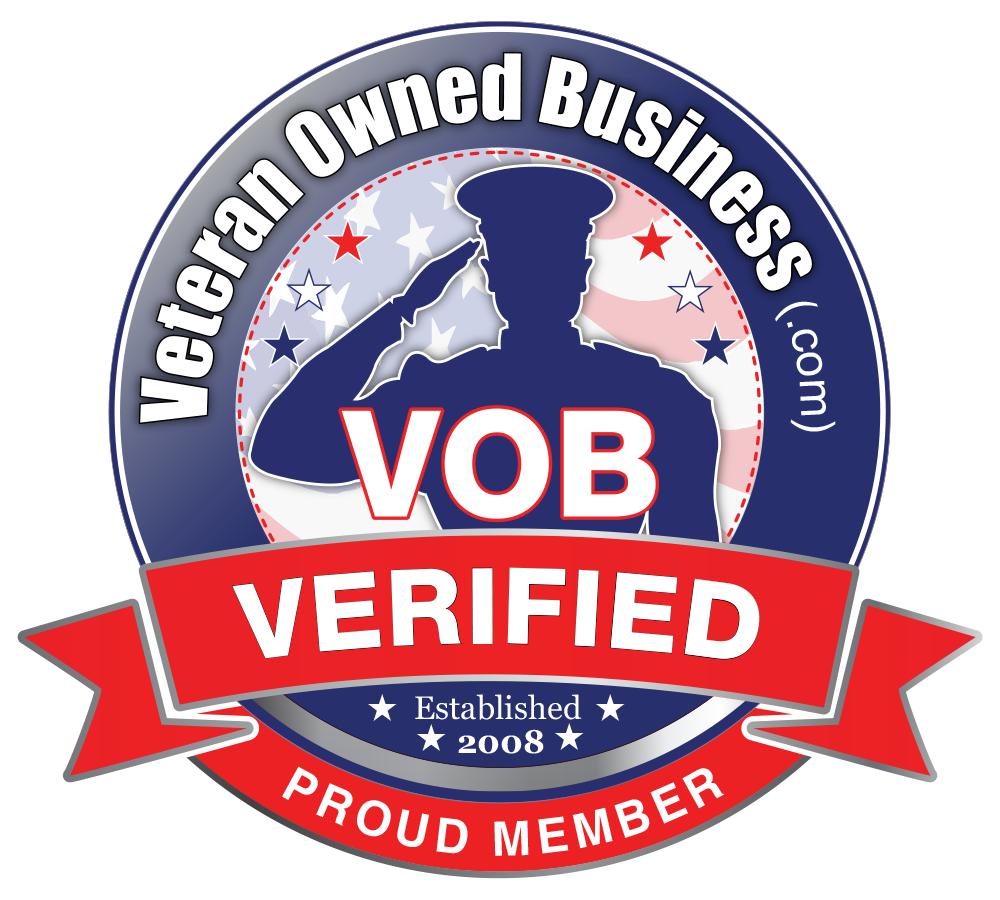Tooth extraction is a significant dental procedure that plays a vital part in preserving long-term oral health. However, the critical phase begins after the removal, during recovery. Many patients have questions regarding healing time, appropriate care, and dietary choices. This blog outlines the essential stages of healing and provides professional advice to support a smooth, efficient recovery process.
Why Tooth Extractions Are Sometimes Necessary
Dentists don’t recommend extractions without a good reason. If there’s a chance to save a tooth, they’ll usually try. But when a tooth becomes a problem rather than a help, removing it can bring relief and prevent bigger health issues.
Some common reasons for tooth extraction:
- Severe tooth decay: When a cavity spreads deep and affects the nerve.
- Gum disease: Infection can damage the bone and tissues supporting the tooth.
- Crowding: Sometimes, there’s just not enough room for all your teeth.
- Impacted teeth: Especially wisdom teeth that don’t break through the gum properly.
- Injury: Accidents or trauma may leave a tooth broken beyond repair.
If you’ve been searching for tooth extractions near you, your dentist will walk you through these options based on your specific dental condition.
The Four Main Healing Stages After a Tooth Extraction
Every person heals differently, but tooth extraction follows a general timeline. Recognizing these stages helps you know what’s normal—and what’s not.
1. Clot Formation (0–24 Hours)
Right after the tooth is pulled, your body begins to form a clot at the extraction site. This clot is vital. It safeguards the bone and nerves underneath and starts the healing process.
- Avoid touching the area.
- Do not rinse or spit forcefully.
- No straws—suction can dislodge the clot.
2. Early Healing (1–3 Days)
The swelling and mild discomfort began during this time. Your face may feel puffy, and chewing might be uncomfortable.
- Use an ice pack over your cheek in 15-minute intervals.
- Take medications as prescribed.
- Keep your head elevated while resting.
3. Tissue Regrowth (4–7 Days)
By now, swelling should decrease. The gum tissue starts to fill in where the tooth was. You may still need to eat soft foods, but you will feel better each day.
- Rinse gently with warm salt water.
- Keep brushing and flossing—just avoid the extraction site.
- Watch for any signs of infection.
4. Bone Healing (1–3 Months)
The inside part takes longer to recover. The bone needs several weeks to rebuild. If you plan to get a dental implant, your dentist will usually wait until this stage is complete.
Those looking for tooth extractions in St. Pete Beach should follow their local dentist’s post-op instructions carefully to avoid setbacks during this stage.
Key Tips for a Smooth Recovery
Healing faster means following a few simple, consistent habits. Think of it as giving your body the right tools to do its job.
- Rest well for the first 24–48 hours. Skip heavy lifting, jogging, or intense chores.
- Don’t smoke or vape—this delays healing and increases the risk of infection.
- Keep your mouth clean, but gently. Avoid brushing directly on the extraction site.
- Use warm salt rinses starting day 2 to keep the site fresh and clear of food bits.
- Follow your pain management plan. If you’re prescribed medication, take it on schedule.
Most importantly, listen to your body. If something doesn’t feel right, contact your dentist near you right away.
Foods to Eat and Avoid After Extraction
Eating the right things can ease the pressure on your healing gums—and prevent dry socket or infection.
Good Food Choices
- Mashed potatoes
- Applesauce
- Scrambled eggs
- Oatmeal
- Yogurt
- Soft-cooked vegetables
- Soups and broths (not too hot)
Avoid These
- Crunchy snacks like chips or nuts
- Sticky candy or gum
- Spicy foods
- Alcohol and carbonated drinks
- Very hot beverages
- Anything with seeds that could get lodged in the site
Stick to soft foods for at least 4–5 days. Chew on the side of your mouth that wasn’t affected. If both sides were treated, go even softer and smaller with your meals.
Signs of Complications to Watch For
While most extractions heal without trouble, a few warning signs should never be ignored. These could mean an infection, dry socket, or other serious issues.
Call your dentist if you notice:
- Extreme pain that starts a few days after the extraction
- Bad breath or unpleasant taste that doesn’t go away
- Persistent swelling or redness
- Fever
- Pus or drainage from the site
- Difficulty opening your mouth or swallowing
Dry socket occurs when the blood clot falls out or doesn’t form correctly. It leaves the bone exposed and can cause intense pain. Your dentist can treat it quickly, so don’t wait.
When to Resume Normal Activities
It’s tempting to bounce right back into your routine, but your body needs a bit of downtime.
Here’s a general timeline for getting back to normal:
- Day 1–2: Total rest. Avoid bending over or lifting anything heavy.
- Day 3–4: Light activities like walking or working at a desk.
- Day 5–7: Gradually return to exercise if there’s no pain or bleeding.
- After 7 days: Most patients feel like themselves again, though full internal healing may continue.
If you have stitches, your dentist will either remove them or let you know if they dissolve on their own. Always follow up if you’re unsure.
Final Thoughts
A smooth recovery after tooth extraction starts with the right guidance and support. By following simple, proven steps, you can heal quickly and comfortably. For expert care and personalized attention, fix your visit with Dental Arts St. Pete Beach. Their team is always committed to helping you recover with confidence and ease, every step of the way.




